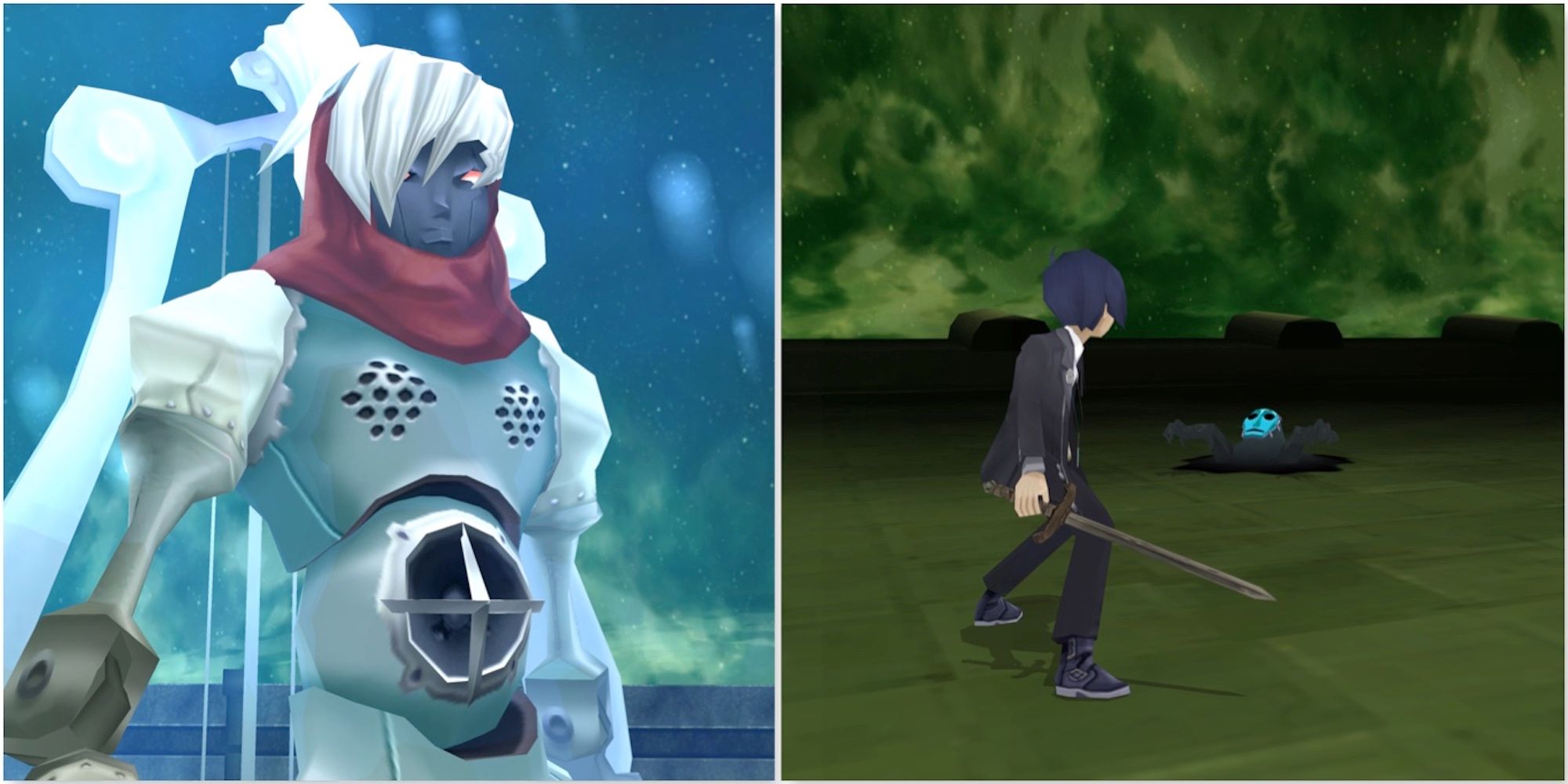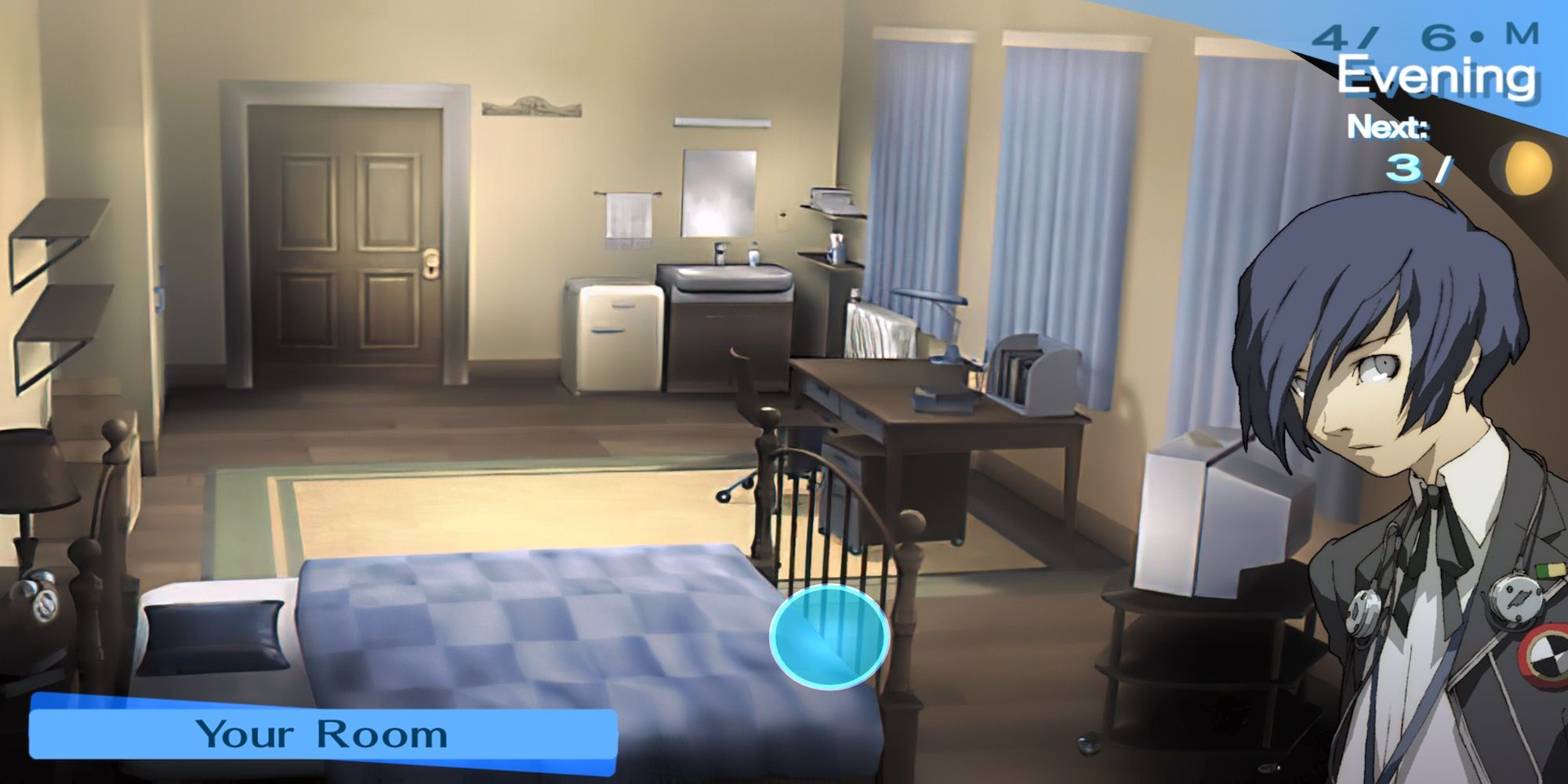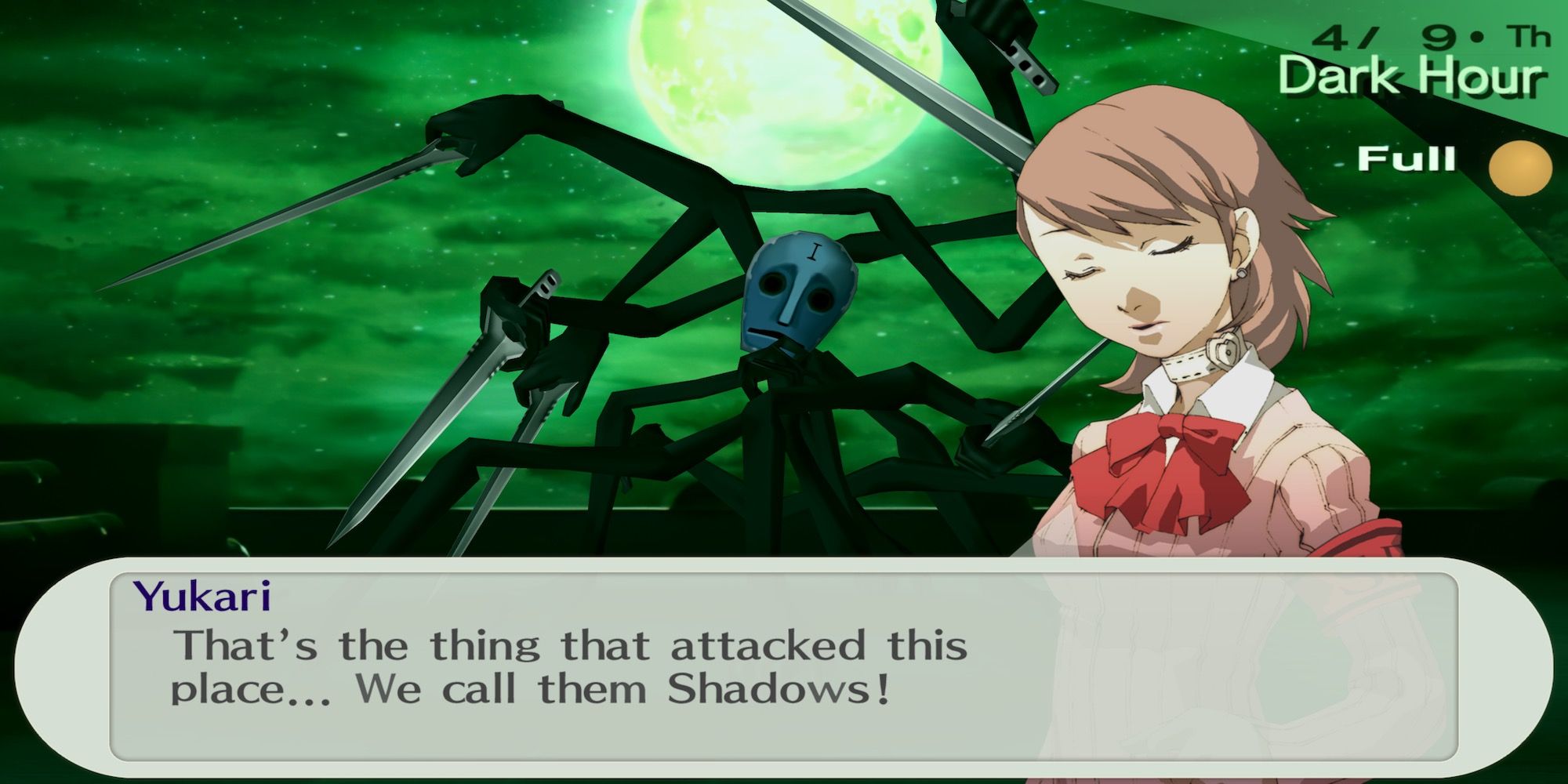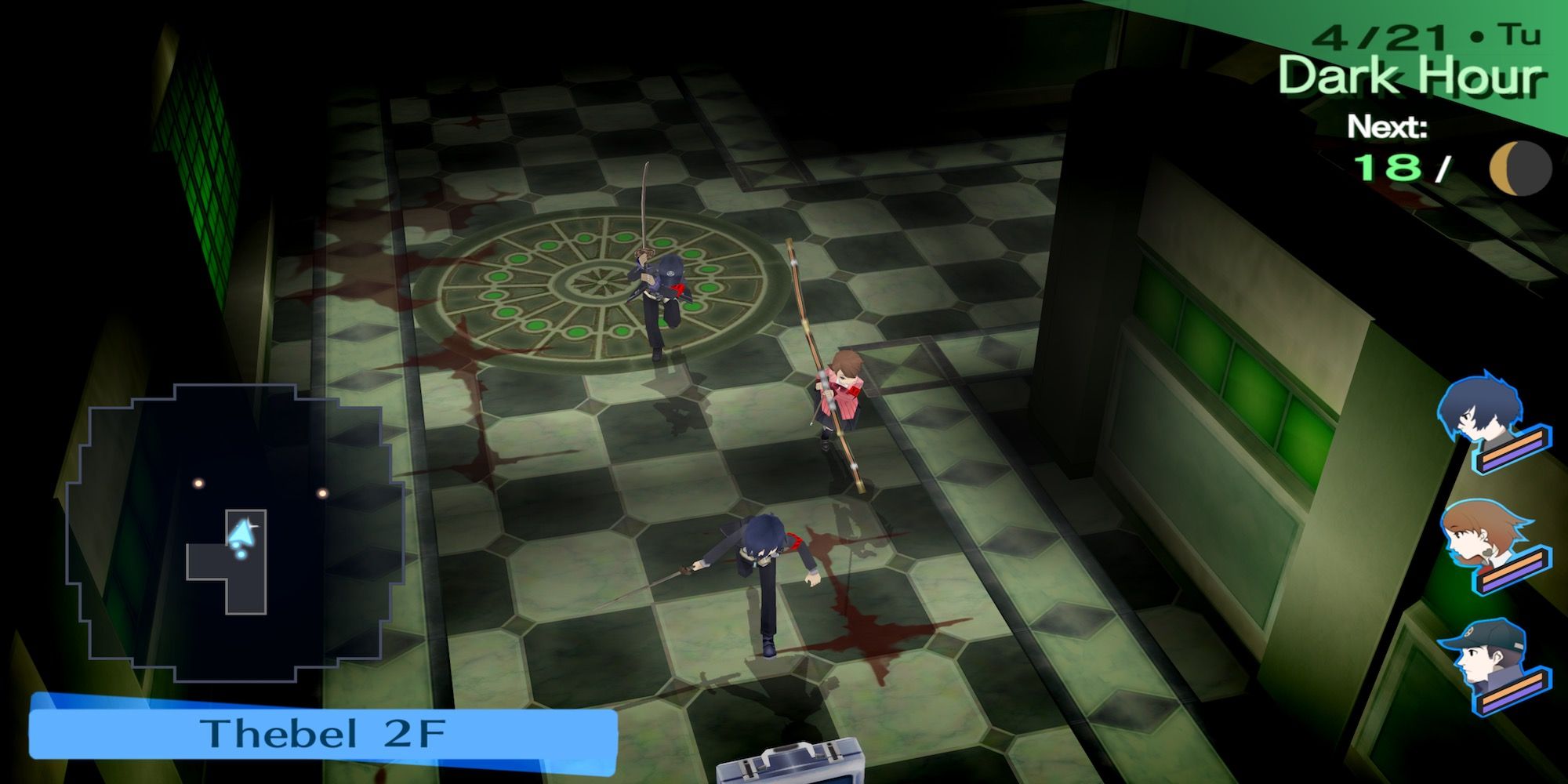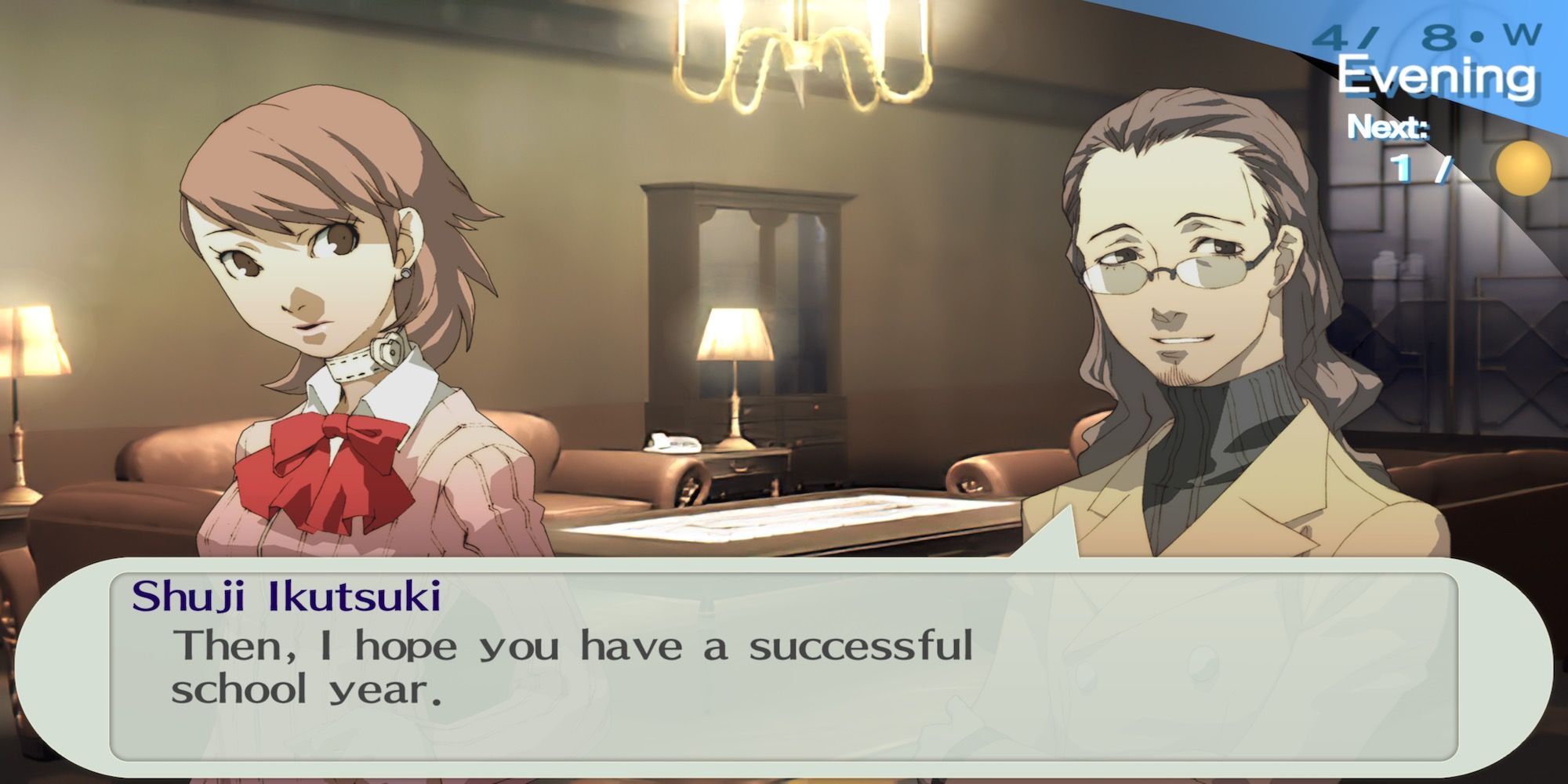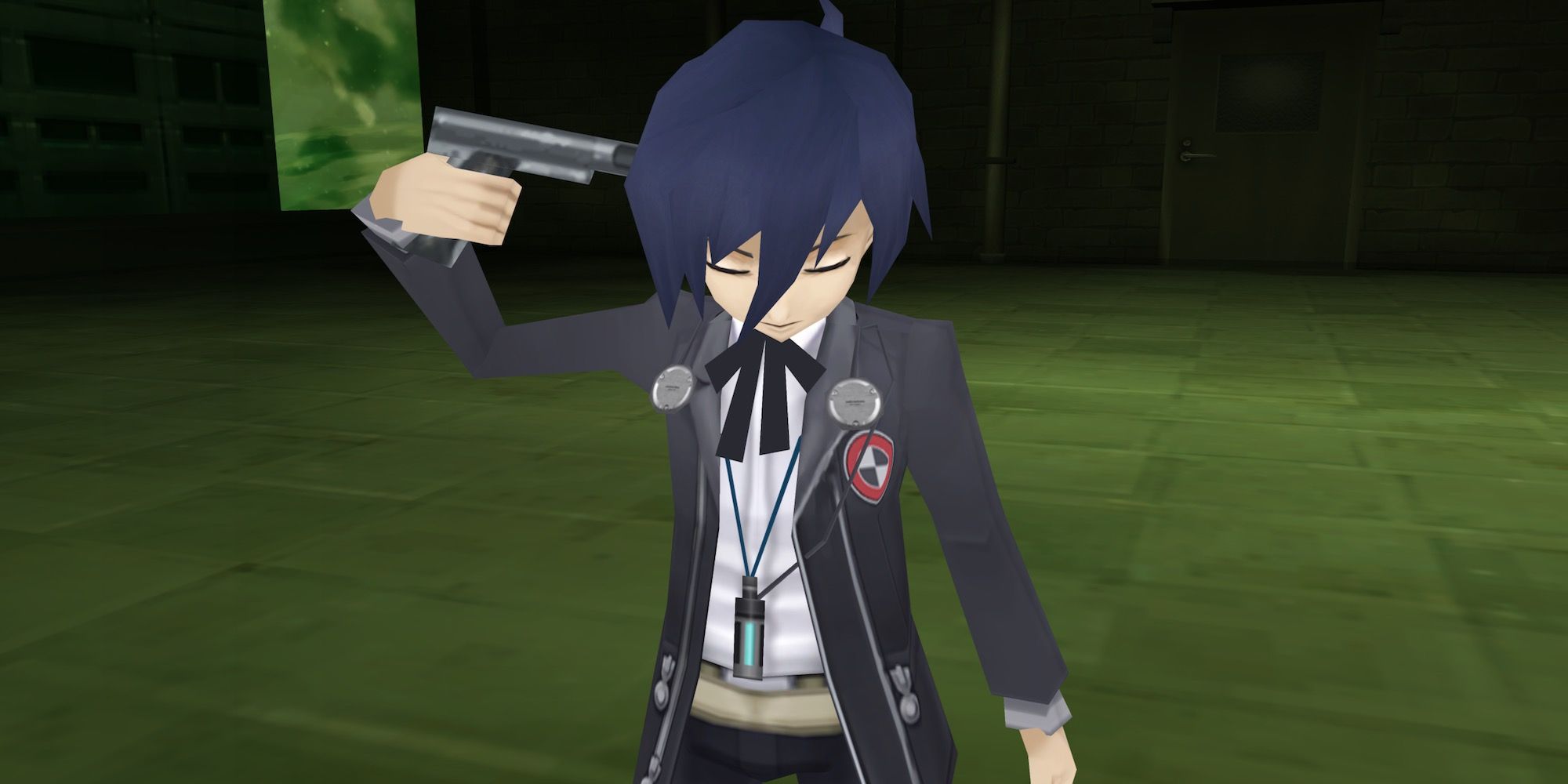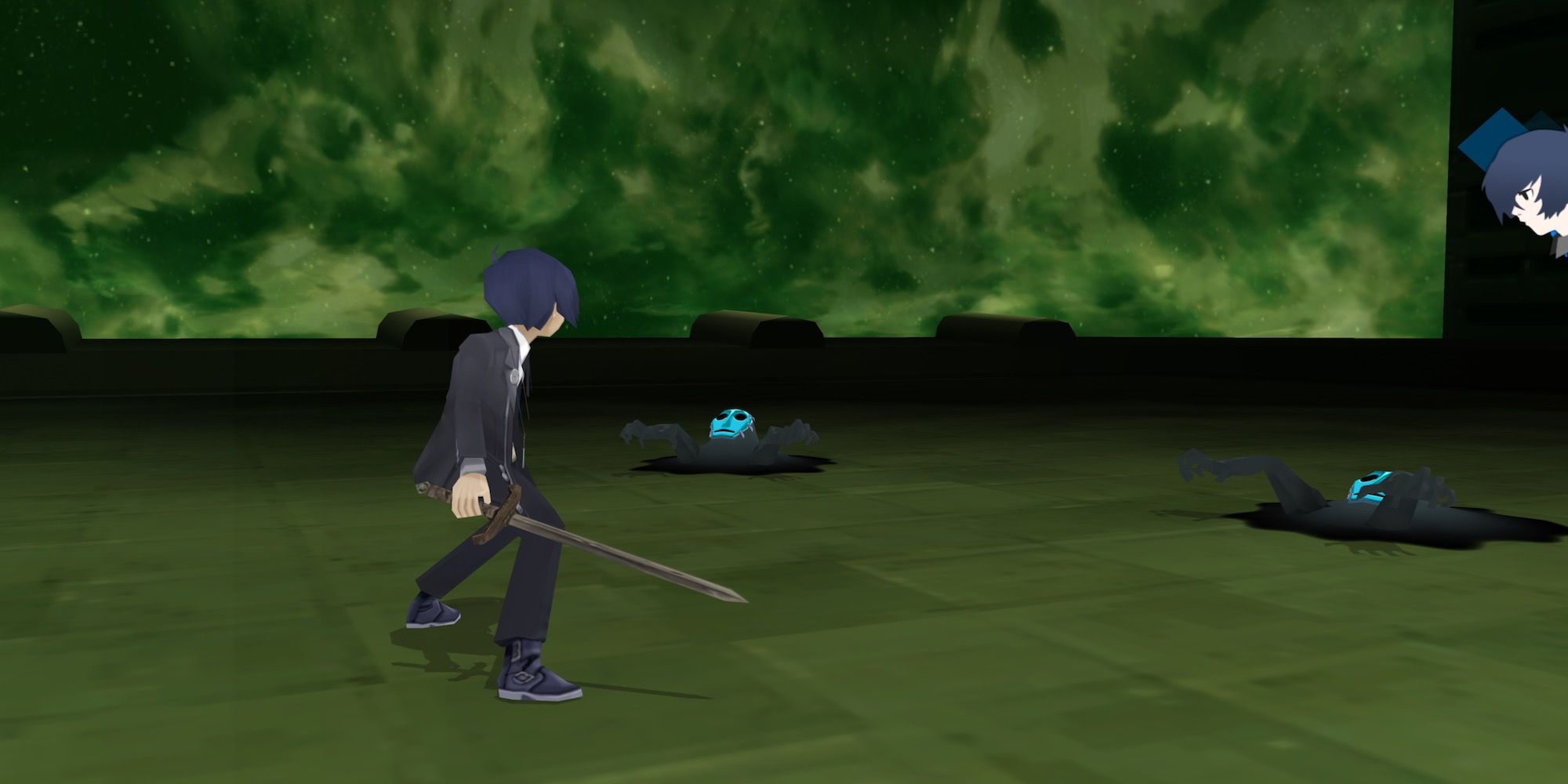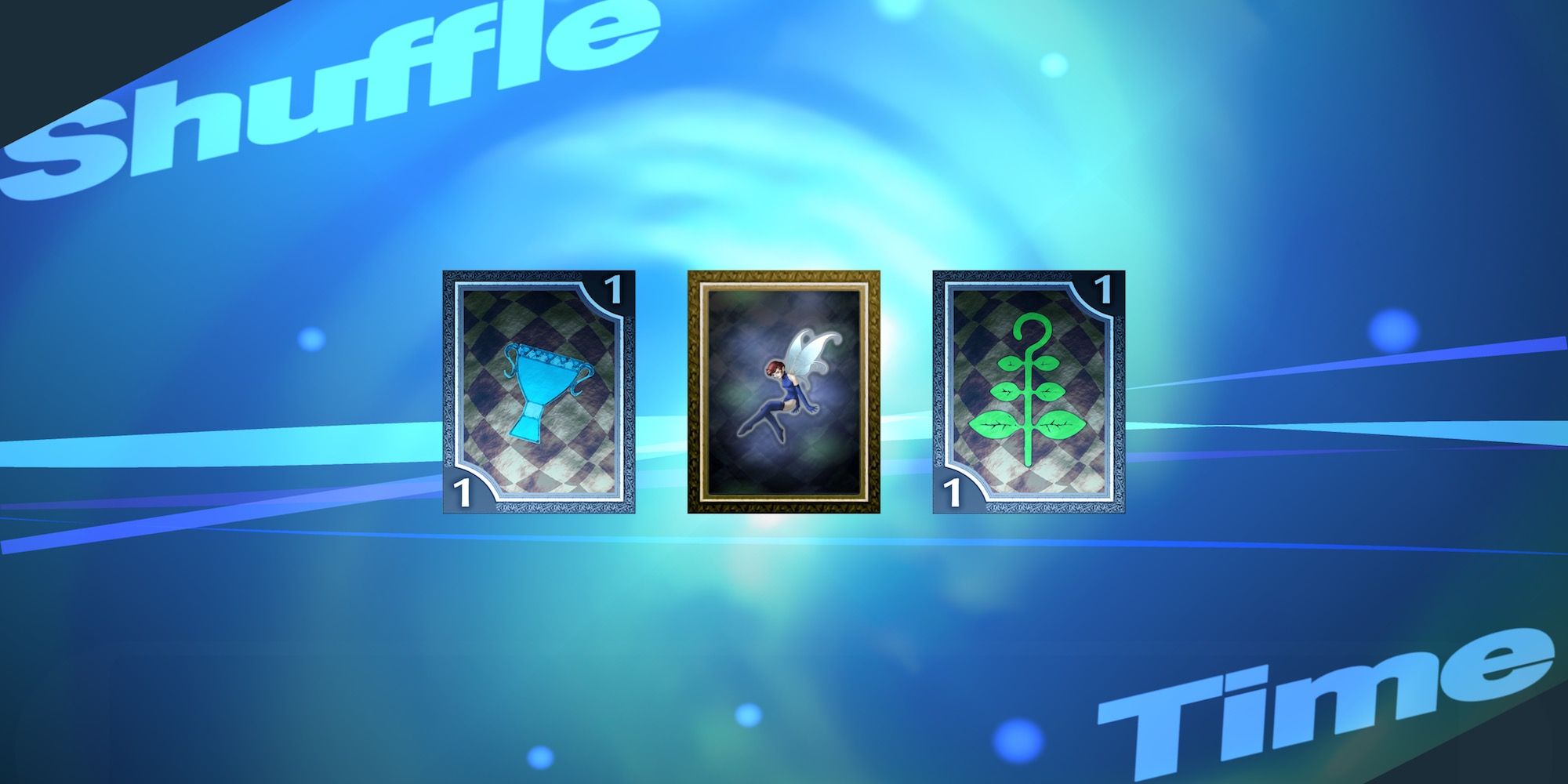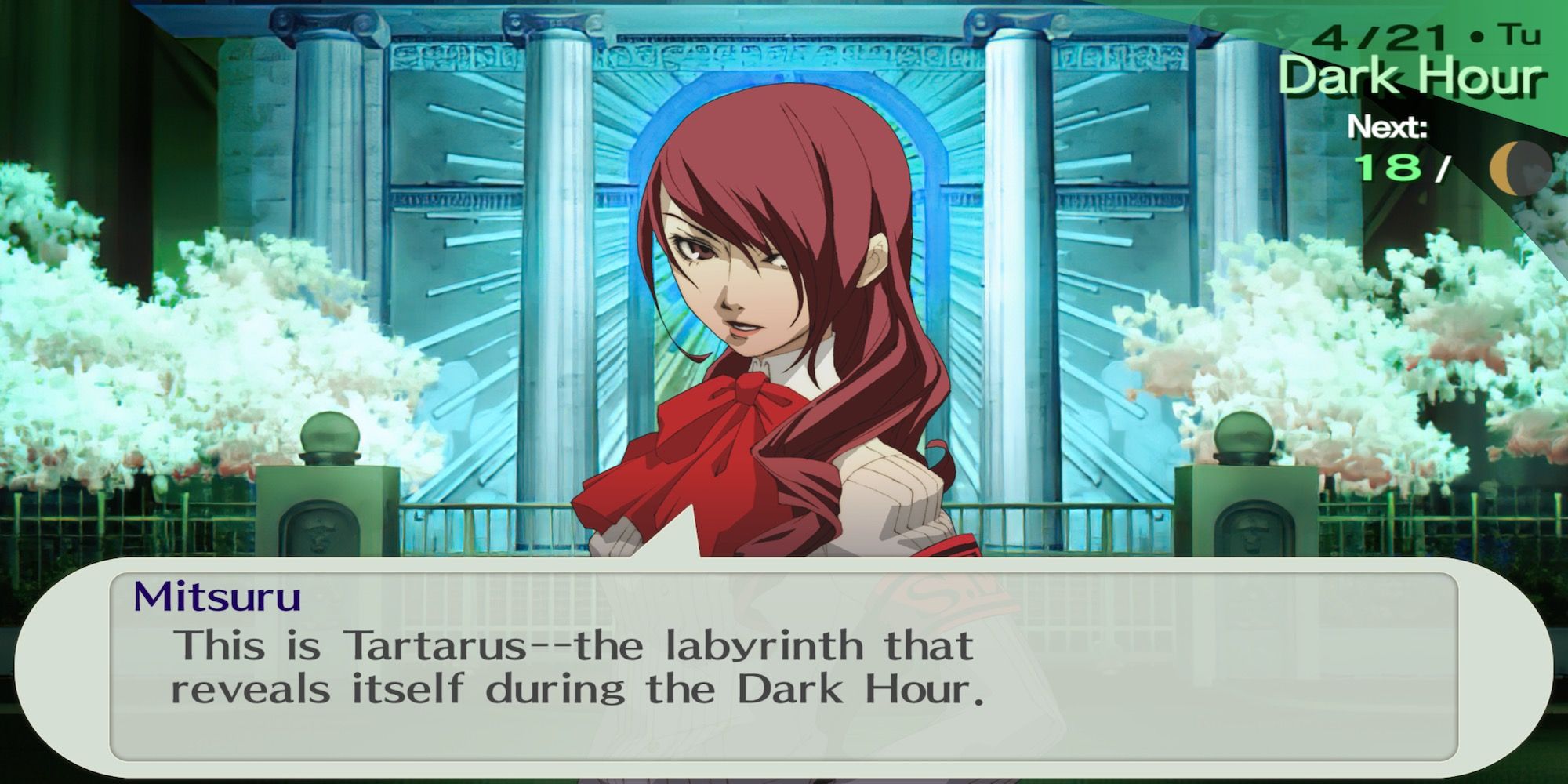It took a long time for the Persona franchise to pick up in the West. The first game, Revelations: Persona, was released on the PS1 in 1996. It was a niche series until Persona 3, which was released in 2007 in North America on PS2, started to gather more attention.
Its port to the PSP, Persona 3 Portable, helped it gain more attraction thanks to some improvements over the original. That port was in 2010 for the West and now over a decade later, the game is back on consoles. Does it still hold up, or did this PS2/PSP classic RPG need some bigger improvements?
8 A Point-And-Click RPG
Persona 3 is part turn-based RPG, part school simulation game. That’s why it made so much sense to get rid of the running around aspects for the PSP version. Players just need to click on characters to talk to them or objects to analyze them.
It makes the game feel like an old-school point-and-click adventure game which was perfect for the portable. Players still have to run around dungeons manually, so it’s not all automated.
7 A Simple Story
The core story behind Persona 3 is a simple one found in many RPGs. The player character, Makoto Yuki, transfers to a new school and finds out they are one of the chosen who can prevent humanity from going extent.
Their dorm is investigating the mysterious Dark Hour which seems to be counting down to the apocalypse. Players have to figure out how to stop it before time runs out and the world ends. There’s more to it, but the classic setup works without feeling too cliche thanks to the supporting cast of characters and sub-arcs within the main plot line.
6 Access To A Bizarre Party
Persona 3 has one of the more diverse parties in the entire Persona series. Junpei and Yukari will be the player’s first teammates but shortly after the tutorial, Mitsuru and Akihiko will join as well. The party unlocks quickly from the get-go before slowing down a bit.
By the end, players will be joined by a dog, a young boy, and a robot. It’s a shame the sequels never got as whacky with their parties after this besides one mascot character apiece like Teddy or Morgana.
5 The Social Aspects
The wild party members are strengthened because players can interact with them outside of battle. The social linking system originated in Persona 3, paving the way for future titles in the Persona series. Being able to dive deep into every character’s backstory is why the story is so strong.
Players can also befriend non-party members to get boosts in combat. There’s a novelist on his deathbed along with a teenager that doesn’t seem to have any friends and those are just two great examples.
4 The Evokers And The Dark Tone
One of the most striking aspects of the gameplay is how Personas are summoned in the game. Characters take a gun-like device called an Evoker and shoot themselves in the head. It's not graphic in the game, but the content is surprisingly dark.
It’s surprising that the game was released in the West due to some controversial events in the late 2000s. The darker tone overall is what helps the game stand out above others in the series even if the Evoker idea may feel a bit too edgelord by today’s standards.
3 The Stylized Graphics
Not much was done in this latest port of Persona 3. The game started on PS2 and was marginally upgraded on PSP, and now the graphics have been smoothed over slightly in this remaster. It still looks like a PS2 game, but thankfully the art design makes it less noticeable.
Blacks, purples, and blues dominate the color pallet of the game along with some more striking colors like pink that pop out more in the dark backgrounds. It’s far from the best-looking HD remaster of a classic RPG but it still looks decent.
2 Getting Persona Through Cards
The Shin Megami Tensei series was ahead of the curve on Pokemon because it allowed players to befriend creatures. Players had to talk to demons in combat to hopefully recruit them, but many times negotiations failed. Persona 3 simplified things by granting players cards after a battle.
Sometimes these cards had rewards like equipment on them, and sometimes they had monsters. Persona 5 brought back the interactive system seen in the main Shin Megami Tensei series, but both Persona 3 and Persona 4 kept it simpler to their benefit.
1 Tartarus Is Like Dracula’s Castle
When Mitsuru reveals what Tartarus is, it looks like Dracula’s Castle from Castlevania complete with a giant moon backdrop. Walking up to the castle in any of those games on NES was a classic way to start an adventure. Persona 3 is nothing like a Metroidvania though, but it does have some roguelike elements.
Players can explore floors that will be randomized. The dungeon system of Tartarus pales in comparison to the intricate designs of the sequel dungeons, but the simple dungeon-crawling aspect of the game is a nice throwback even if it can get monotonous.
Persona 3 Portable was re-released on January 19, 2023 and is available on PC, PS4, PS5, Switch, Xbox One, and Xbox Series X.

